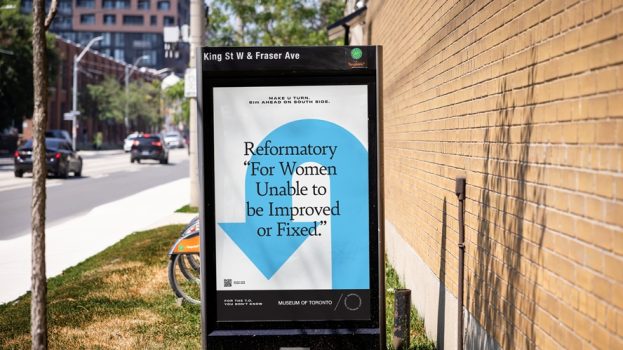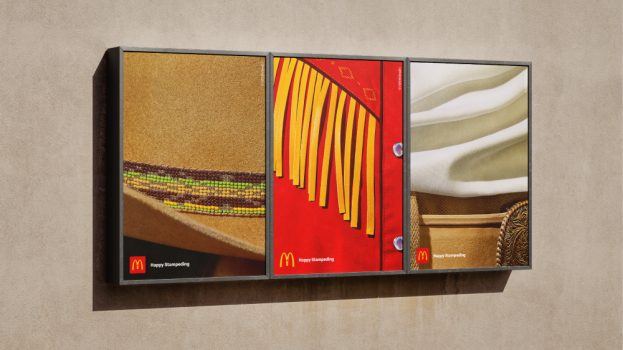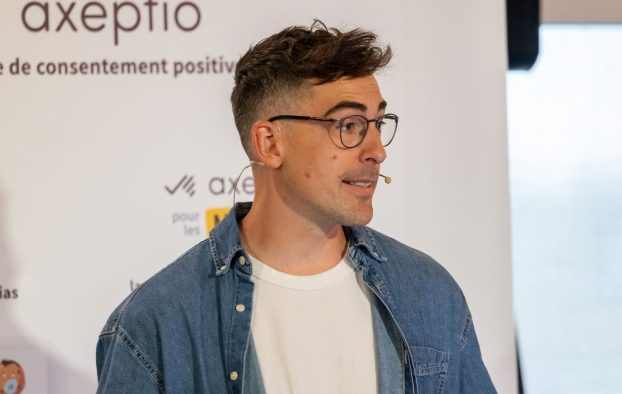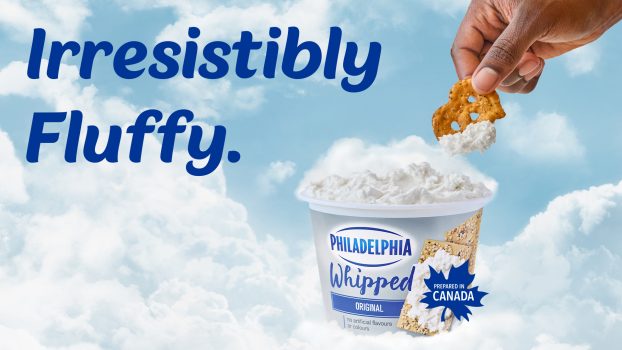When Paris Hilton starts podcasting, you can pretty much guarantee the medium has reached ‘hot’ status. The star of horror flick House of Wax, released May 6, has been podcasting updates about all her ultra-rich-girl pastimes to help promote the Warner Bros. film.
Considering the adoption rate of MP3s and iPods (podcasts can be downloaded to the gadgets), it’s really no wonder the overexposed celebutante is getting involved. According to a survey conducted between Jan. 13 and Feb. 9 by the Pew Internet & American Life Project, 36 million Americans download either music or video files. In Canada too, usage appears to be on the rise. Toronto-based Solution Research Group’s Fast Forward Survey, which polled 1,100 respondents 12+, found that 16% of Canadians owned an MP3 player in 2004. That number is likely now around 30%, according to the firm. And the company believes just over 50% of teens have the portable players. Growth has been rapid, points out president Kaan Yigit, suggesting ‘podcasting has a future, indeed.’
But that’s not the only reason marketers are starting to pay attention. There’s also the fact that consumers can be alerted when new podcasts are posted – thanks to really simple syndication (RSS) technology – creating an avenue for extremely targeted content.
This point has not been lost on Corus or CHUM. In late April, the former announced podcasts of its music doc programs The Ongoing History of New Music and Legends of Classic Rock, available for download at the Web sites of its radio stations, including Vancouver’s Classic Rock 101, and Toronto’s 102.1 The Edge. At press time, Molson had just signed on as the first sponsor for both programs. Running from May 9 to Labour Day, the sponsorship includes intros by program hosts Alan Cross and Jeff Woods.
Corus Radio worked directly with Molson and media agency Mediaedge:cia to make the deal.
Chris Sisam, VP of sales for Corus Radio, says the initiative is meant to match listeners and downloaders with advertisers. ‘We are also going to be developing new ways of advertising. We’ll work with advertisers to do what’s appropriate for their program.’ He says costs are likely to be based on the number of people who download a podcast.
Toronto-based CHUM, meanwhile, recently launched a daily podcast of its morning show Roger, Rick & Marilyn. Listeners can access content such as exclusive artist interviews and CD previews.
And according to SVP content of Chum Television Roma Khanna, other properties will be podcasting soon, such as MuchMusic, and possibly Space and BreakfastTelevision.
While at press time, no advertisers had signed on, CHUM FM general sales manager Marc Charlebois believed it was only a matter of time. ‘A sponsorship is one-dimensional. But [if an advertiser] can engage the audience with the message and give them an incentive to go back to their site – the value of that one-to-one marketing is where a lot of our business is going.’
Jean-Marie Heimrith, president at Standard Interactive, a Toronto-based streaming media broadcaster, also has three or four projects on the go and is talking to advertisers about podvertunities for fall. But he stresses the medium can’t contain the same old radio gaga you would hear on the FM dial.
‘To suggest one should take content from an old medium and make it available again through another distribution vehicle is not compelling. But if you have a snippet of Bill Clinton on a talk show, and then allow [listeners to download] the full interview, that’s more compelling.’
By the same token, he says, marketers should look to provide their audience with valuable material, through sponsorship, that they can’t get elsewhere.
So far though, most Canadian marketers seem reticent. Mike Parker, managing director of Tribal DDB in Vancouver, has pitched podcasting to some clients.
‘They’re reacting in the same way they did to the Web five years ago: ‘That’s interesting, but it doesn’t have critical mass yet.”
Along with sponsorship, Parker has pitched the idea of adding downloadable audio files to a company’s own Web site. For example, he says the Canadian Tourism Commission could podcast stories from travellers about their experiences in Canada.
Stateside, advertisers have been more adventurous. Tod Maffin, technology futurist and CBC producer with his own podcast at iloveradio.org, points to the condom brand Durex. It recently signed on as
a sponsor of the Dawn and Drew show, which features the real-life banter of a couple
from Wisconsin.
Says Maffin: ‘[Durex] just comes up naturally in conversation. Sometimes the mention is 15 seconds long and sometimes five minutes; the advertiser has left it up to them to shape
the message.’
The podcasters are straight-up with listeners about the sponsorship and even though sometimes the brand will get a dig (for instance, when Dawn and Drew opined that Durex flavoured condoms taste awful), the pros outweigh the cons, says Maffin, because editorial content is highly valued. ‘Traditional advertising 95% of the time sounds like a company speaking to prospects, as opposed to a host sharing.’
Meanwhile, Heineken, which has supported the dance music/DJ scene for some time now, has learned first hand that podvertising can create a buzz. Late in 2004, the Amsterdam-based brewer launched a podcast featuring an interview with international Heineken
DJ Daniele Davoli. According to
spokesperson Nicole McNaughton, it attracted 50,000 downloads in two months and a lot of press.
Even General Motors North America is doing it. After president Gary L. Cowger introduced the new Cadillac DTS and Buick Lucerne at the Chicago Auto Show earlier this year, his remarks were encoded in MP3 format for podcasting purposes and presented on the GM FastLane Leadership blog, which debuted a few months ago. At the New York Auto Show, Cowger reported that hundreds of people downloaded the info in a few short hours.
However, don’t expect an influx of Canadian podvertisers any time soon. Explains Standard Interactive’s Heimrith: ‘Everyone’s very interested. [But] things are moving so fast, nobody really knows which way to go.’
With files from Paula Costello






















